You have been tasked with employing a machine learning model, which makes use of a PostgreSQL database and needs GPU processing, to forecast prices.
You are preparing to create a virtual machine that has the necessary tools built into it.
You need to make use of the correct virtual machine type.
Recommendation: You make use of a Data Science Virtual Machine (DSVM) Windows edition.
Will the requirements be satisfied?
The requirements for the virtual machine include the need for GPU processing and the use of a PostgreSQL database. While the Data Science Virtual Machine (DSVM) Windows edition does support GPU processing, it does not natively support PostgreSQL, which is typically more associated with Linux environments. Therefore, the requirements will not be fully satisfied with the DSVM Windows edition, making it necessary to use an alternative, such as the DSVM Linux edition.
You have been tasked with moving data into Azure Blob Storage for the purpose of supporting Azure Machine Learning.
Which of the following can be used to complete your task? Answer by dragging the correct options from the list to the answer area.
Select and Place:
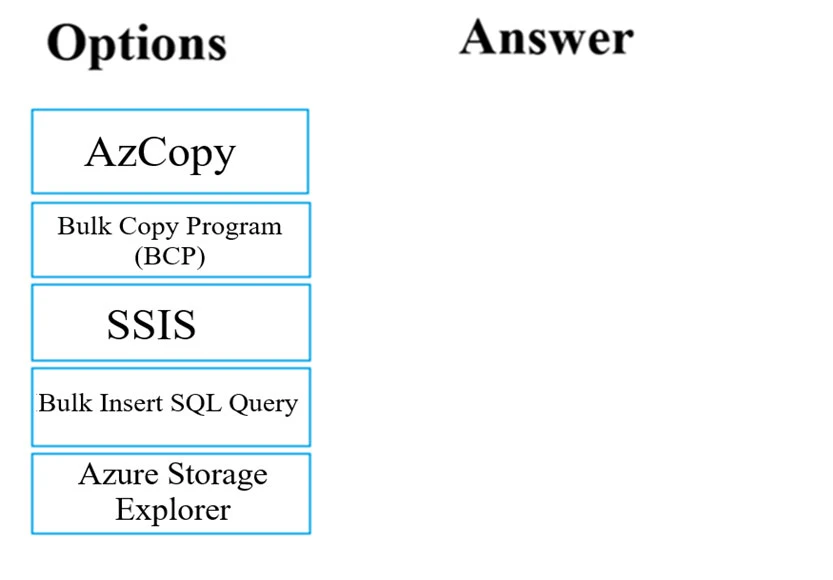
✑ Azure Storage-Explorer
✑ AzCopy
✑ Python
✑ SSIS
Reference:
https://docs.microsoft.com/en-us/azure/machine-learning/team-data-science-process/move-azure-blob

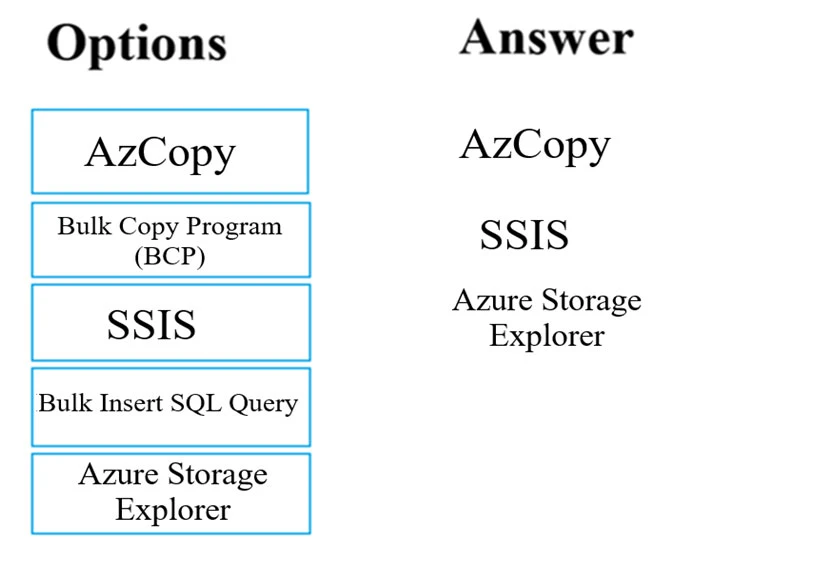
Complete the sentence by selecting the correct option in the answer area.
Hot Area:
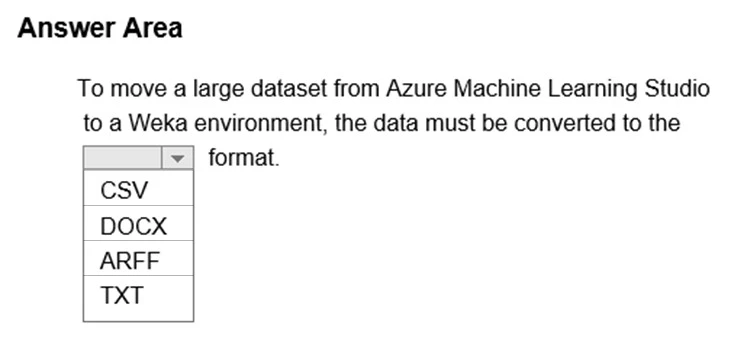
The ARFF data specification for Weka supports multiple machine learning tasks, including data preprocessing, classification, and feature selection. In this format, data is organized by entities and their attributes, and is contained in a single text file.
Reference:
https://docs.microsoft.com/en-us/azure/machine-learning/studio-module-reference/convert-to-arff
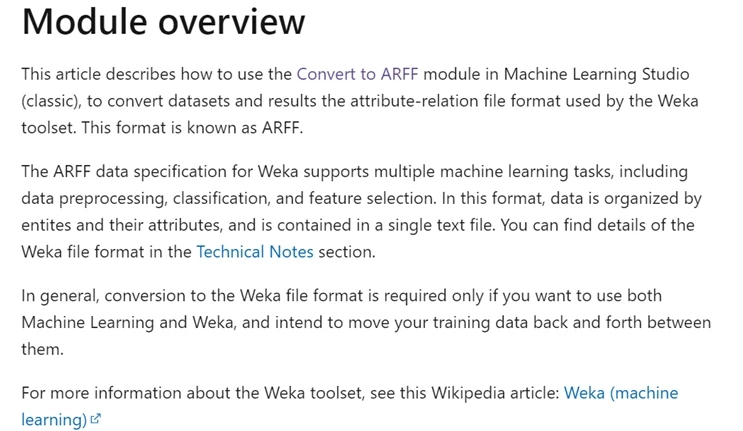
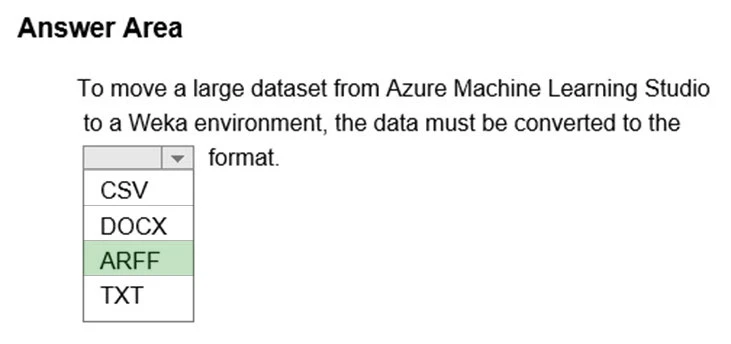
You have to include a suitable deep learning framework in the Data Science Virtual Machine (DSVM).
Which of the following actions should you take?
To design a deep learning model that recognizes language using the most recent edition of Python, TensorFlow is a suitable choice. TensorFlow is an open-source library developed by the Google Brain team, designed specifically for numerical computation and large-scale machine learning. It leverages Python for constructing deep learning models and supports a variety of complex applications, including natural language processing (NLP). Thus, it aligns well with the task of designing a deep learning model for language recognition.
You have been tasked with evaluating your model on a partial data sample via k-fold cross-validation.
You have already configured a k parameter as the number of splits. You now have to configure the k parameter for the cross-validation with the usual value choice.
Recommendation: You configure the use of the value k=3.
Will the requirements be satisfied?
To satisfy the requirements in the context of k-fold cross-validation, it is typical to use k=5 or k=10 as these values are standard and provide a good balance between bias and variance. Using k=3 is less common and may not be sufficient for reliable model evaluation, especially in scenarios where more comprehensive validation is needed. Therefore, configuring k=3 is not considered a usual choice and is likely to not meet the typical requirements.